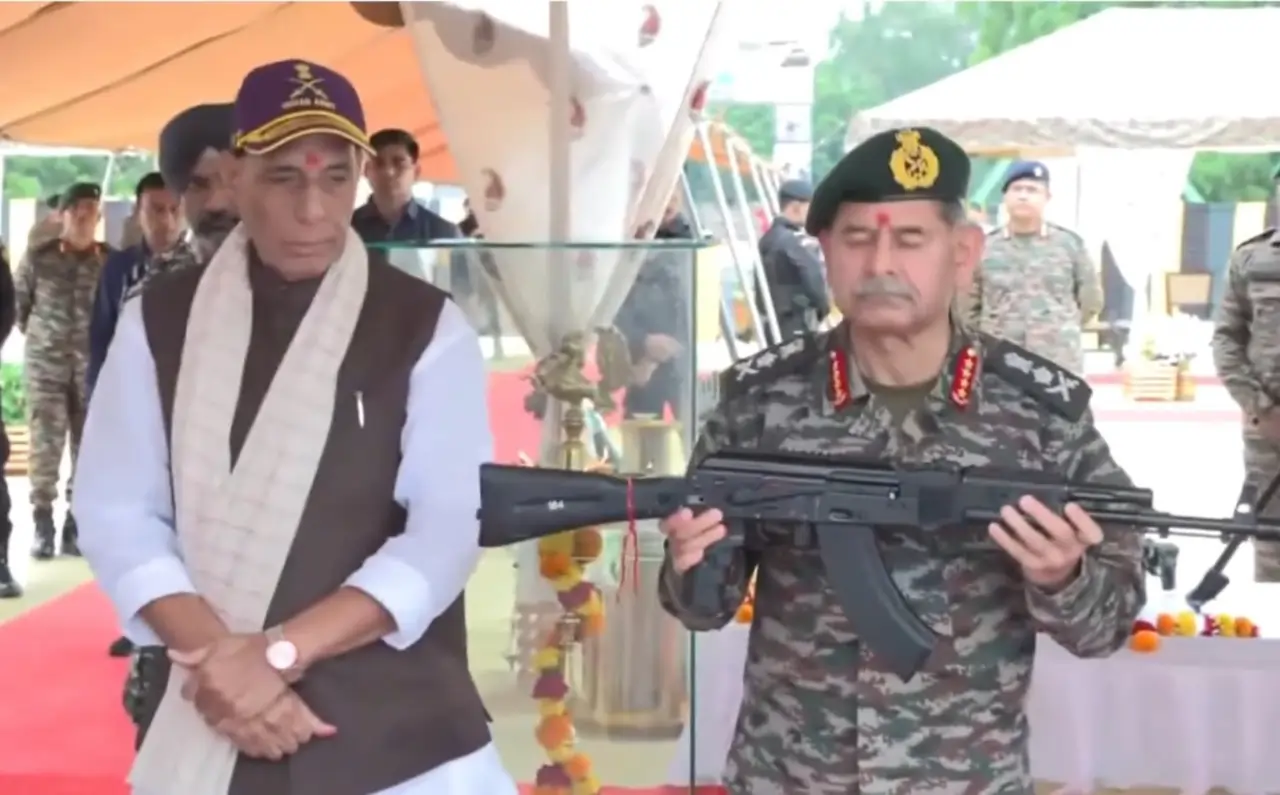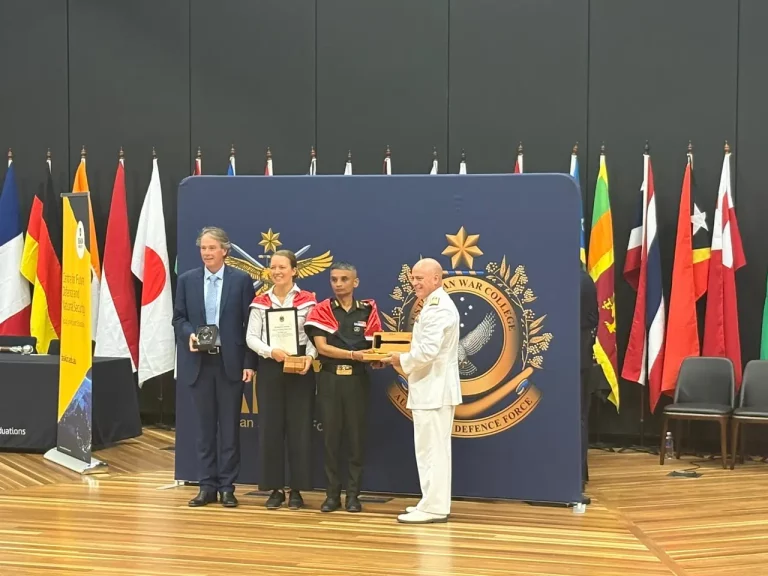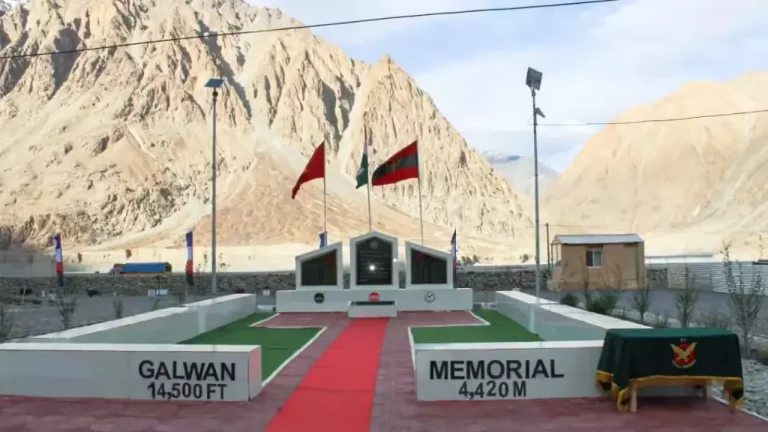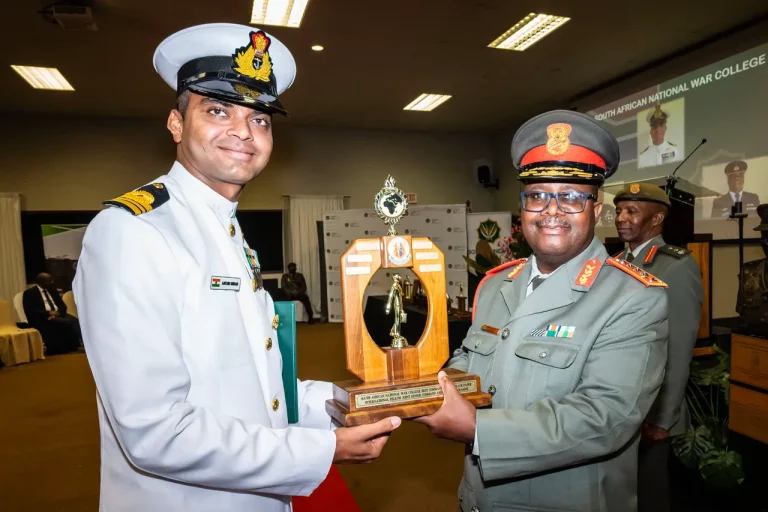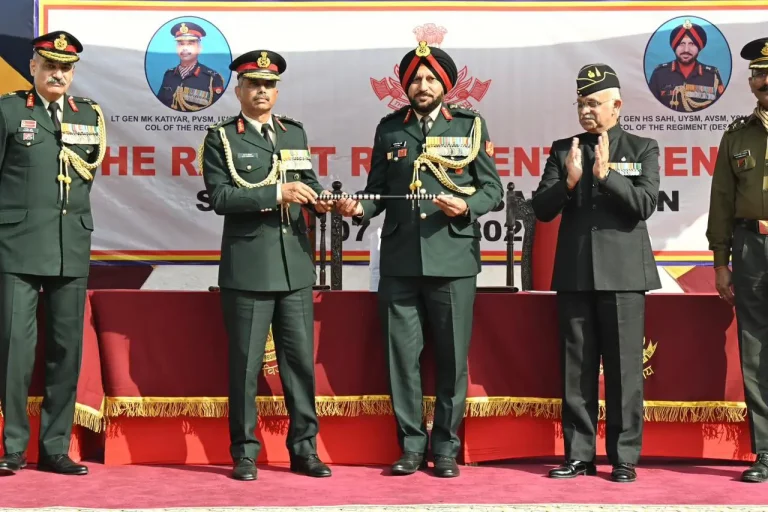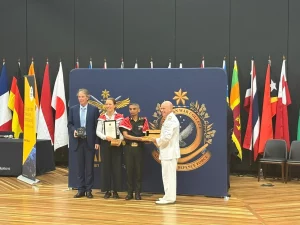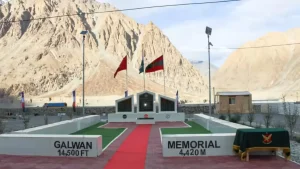On the significant occasion of Dussehra, Chief of Army Staff General Upendra Dwivedi conducted the traditional Shastra Puja at Bhuj, offering prayers to an AK-203 assault rifle. This modern Indo-Russian weapon is currently being integrated into the Army’s arsenal, marking an important transition in India’s military capabilities.
The ceremony took place under a ceremonial tent beautifully decorated with marigold garlands. It was attended by senior military officials, all dressed in full regimental attire, highlighting the significance of the occasion. During the ritual, the AK-203 was sanctified with holy water, turmeric, vermilion, and adorned with flowers and Shami leaves, symbolizing blessings for victory, strength, and protection.
Shastra Puja is steeped in India’s rich cultural and martial traditions, serving as a ceremonial observance to honor weapons as symbols of valor and guardianship. Although the revival of this practice in recent years has been associated with Defence Minister Rajnath Singh, military historians emphasize its long-standing roots that predate India’s independence. Various regiments, such as the Ahirs, Dogras, and Sikhs, have been performing this ritual annually as part of their martial heritage.
The introduction of the AK-203, a rifle developed in collaboration with Russia, highlightsIndia’s ongoing efforts to modernize its defense capabilities. Defence observers point out that while this weapon signifies the enduring Indo-Russian defense relationship, future ceremonies may increasingly showcase indigenous rifles produced by the Defence Research and Development Organisation (DRDO). This shift aligns with the government’s push for self-reliance encapsulated in the Atmanirbhar Bharat initiative.
Set against a backdrop of heightened tensions along the western front, particularly concerning Pakistan-Occupied Kashmir, the Shastra Puja also reaffirmed the Army’s readiness to address emerging security challenges. The event illustrated the Indian Army’s unique capability to intertwine spiritual traditions with modern military practices, effectively balancing its cultural heritage with contemporary strategic imperatives.
